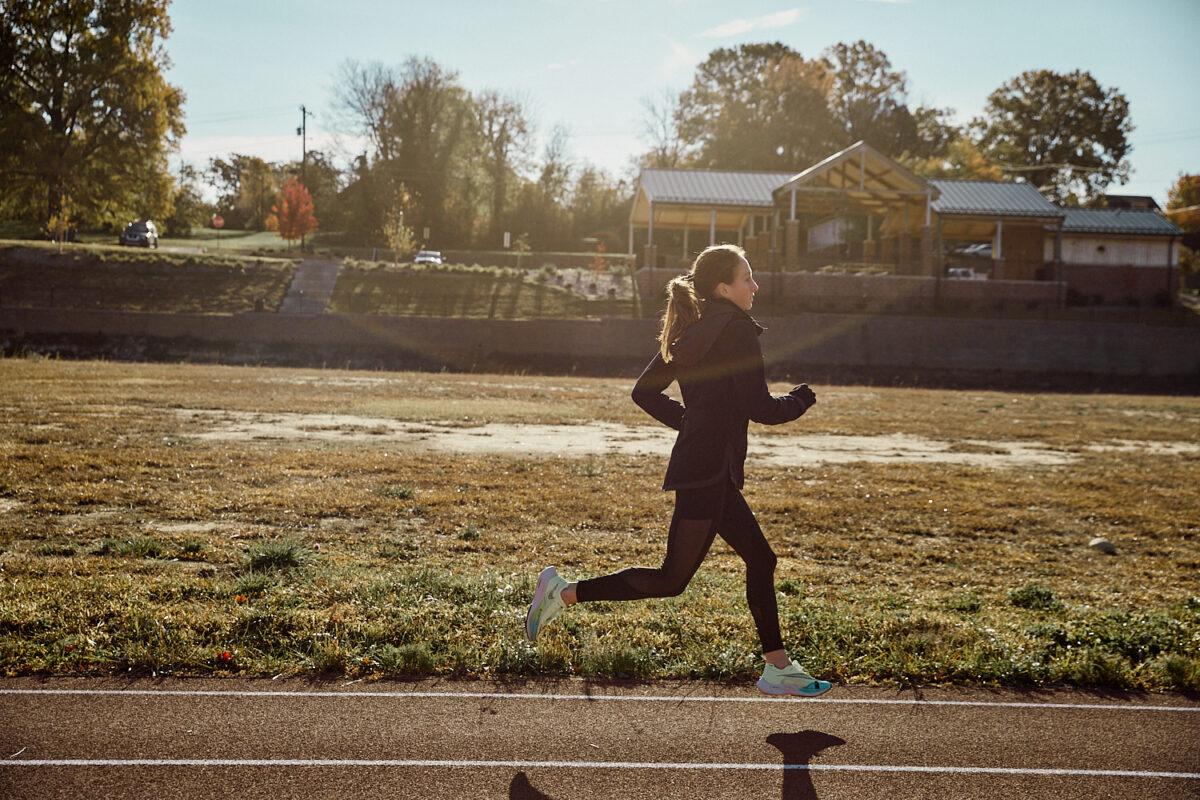In most areas of life, I have found that it’s the little things that make all the difference. Whether it’s the excitement I get thinking about eating my frozen yogurt each night or thinking about the new Bachelor episode I’m going to watch next to my two kitties (no judgement allowed!), it is the little things in life that keep me happy. Not only do the little things have a huge impact in regard to my overall happiness, but they also go a long way in regard to my running.
It is interesting that to most runners, sixty minutes of running is a very realistic and standard activity; however, ten minutes of stretching and/or mobility exercises are some of the hardest things to get us to do! I’m not sure what it is about doing non-running tasks, but to us crazy runners, they are always the last things on our priority list. On my long road back from injury, I was told I should read the book Anatomy for Runners by Jay Dicharry. If you’re a serious runner and haven’t read this yet, I highly recommend doing so. The book opened my eyes to a whole new perspective on what it means to be a smart runner. It made me aware of how imperative it is to make time in your training routine for stability/mobility exercises, as well as strength training to improve running form and decrease your likelihood of injury.
Did you know that eighty-two percent of runners get injured? That’s a crazy, high statistic! Runners typically do a fantastic job of taking care of their engine (heart and lungs), but we don’t do such a great job of taking care of our levers. From a biomechanics standpoint, our body is just a bunch of pulleys and levers (muscles and joints) powered by an engine (heart and lungs). If we neglect the importance of taking care of our pulleys and levers, who cares how strong our engine is? A car with the best engine on Earth won’t run if it’s parts don’t work. To get the best out of ourselves as athletes, we cannot solely focus on our heart and lungs. We must be aware of our body and very in-tune with how it moves since it is our muscles, joints, tendons and ligaments that are allowing us to move in the first place.
Now that I’m back in full-swing with my training, I feel like most of my day is consumed by working out. When I’m running 80-90 mile weeks, doing the little things are not necessarily the easiest things to convince myself to do. Honestly, after all the training, all I want to do is sit on the couch with my frozen yogurt/cereal/sweet treat and watch my favorite shows! But then I remember how miserable and unhappy I was when I couldn’t run. By doing these small little things, I am minimizing my chances of being in that 82 percent injured statistic, and that makes it 100 percent worth it.
My new training regimen includes my standard running mileage, drills 4-5 times a week, daily rehab mobility/stability exercises and strength training with a physical therapist 2x/week. The combination of all of these things are time-consuming and often times boring, but nobody said the journey would be easy. While these things may seem small, I believe that the ripple effects of all of these little things will potentially be something extraordinary.
“Great things are done by a series of small things brought together.”
